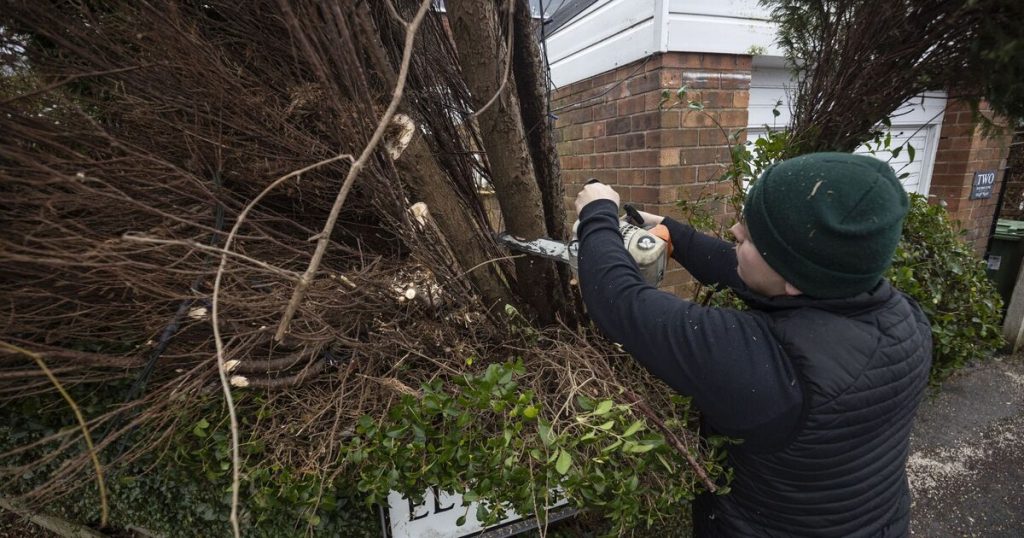
As the cold and dark days of February drag on, many gardeners up and down the country are busy getting ready for the warmer springtime again and are busy pruning, turning, planting and preparing for the explosion of life that’s just around the corner.
February, being warmer than January and closer to spring, but not quite a month of bloom and growth either, is a great month to lay the groundwork (often literally) for the spring and summer to come and many of us will be busy getting everything ready.
In particular, February is when gardeners are generally encouraged to cut back hedges, trees and bushes.
This serves two purposes: to cut away dead parts of the plant, which will help it redirect its energy to healthy new growth in spring, and to tidy up the appearance of wild and unruly parts of the garden before they become overgrown.
February is also a good time because most birds will nest in March, April and May, so you can trees and hedges ready without disturbing this vital wildlife (which in itself can carry a £1,000 fine if you disturb nesting birds).
But you can still fall foul of the law in February – especially if you have nesting or roosting bats in your garden.
Some bats make a nest in trees, and disturbing even a single bat can bring you a fine of £5,000.
As Neil McKenzie from Halton Stairlifts says: “Many enthusiasts do not realise that their garden activities could disturb protected wildlife, some of which reside in less obvious places. This can lead to fines of up to £5,000 per incident or individual animal affected.”
As Bats.org explains: “In Britain, all bat species and their roosts are legally protected, by both domestic and European legislation. This means that under Regulation 43 of the Conservation of Habitats and Species Regulations 2017 (as amended) you may be committing a criminal offence if you Damage or destroy a breeding site or resting place of a bat (bats do not have to be in occupation at the time).”
Often, gardeners will bring in a professional to top trees, or perform tree surgery, and these professionals also face potential prosecution, too.
In April 2024, a builder in Caerphilly was fined £111 for destroying three bat roosts in a roof of a house during renovation. In 2020, a housebuilding firm was fined £600,000 for demolishing a site with a bat roost inside.
And in the UK, most bats actually roost in trees, so you really need to take care to avoid a fine if you’re getting tree work done.
Bats.org adds: “Most bats in the UK evolved to roost in trees. Around three quarters of British bat species are known to roost in trees. The remaining species tend to favour human-made structures because of a lack of suitable and available tree habitat.
“Trees provide shelter and attract a diverse range of insect species for bats to feed on. Since bats are not able to bore holes or make nests, they use whatever gaps are available – including cavities and crevices made by other animals, the natural decay of the wood or arboricultural methods.
“Trees such as oak, beech and ash are particularly suitable for bats, but any woodland or tree has potential for a bat roost – especially if it has cavities in the trunk or branches, woodpecker holes, loose bark, cracks, splits and thick ivy.”






